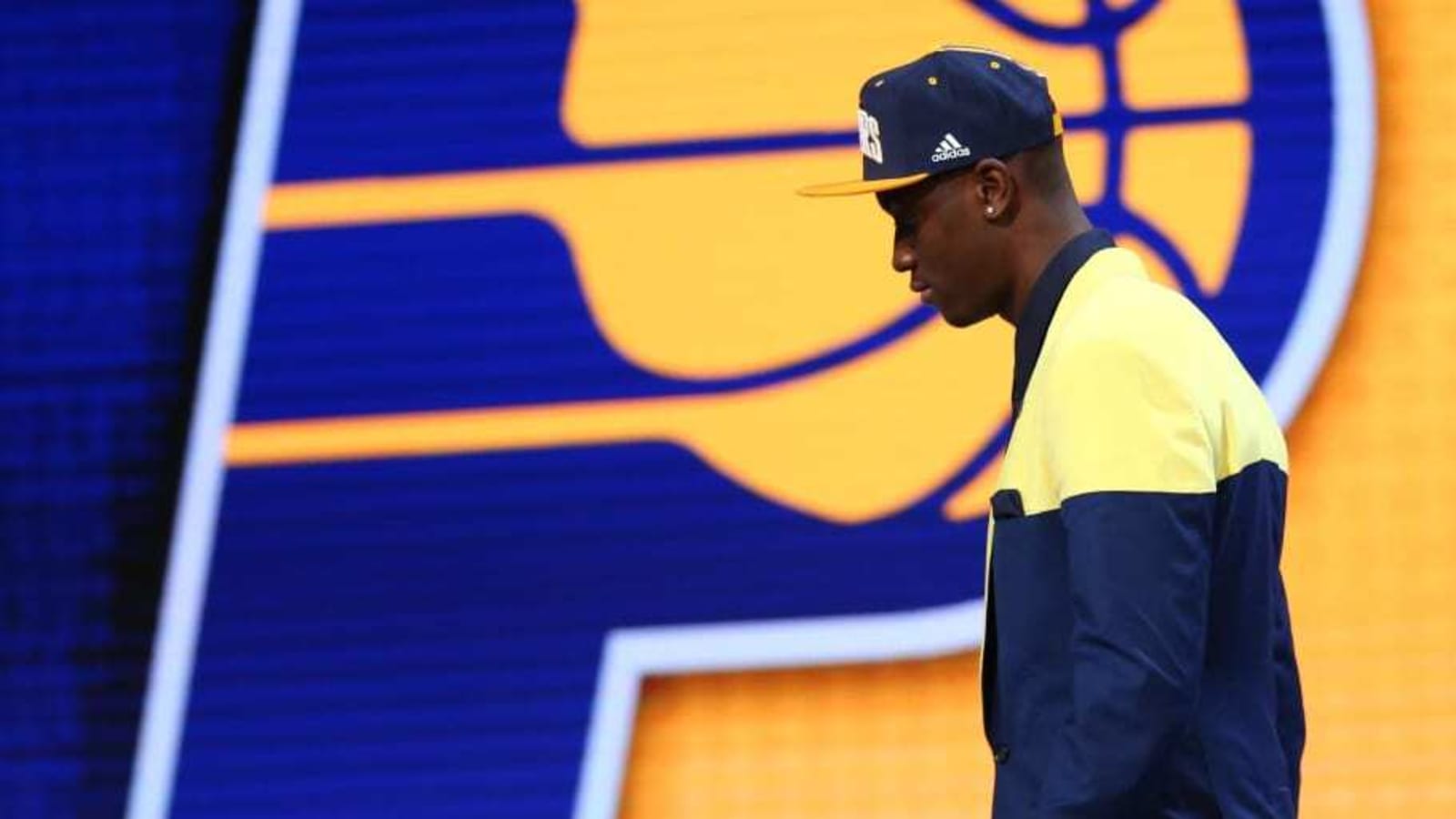The Indiana Pacers, one of just seven clubs with at least three draft selections this season—they do not, however, possess a first-round selection—have three second-round picks in the 2024 NBA Draft, positioning them for one of the most unusual draft evenings.
“Guys with strong shooting and hard-hitting skills. Ryan Carr, the vice president of player personnel for the Pacers, responded, “You’re looking for something that will get each of them in the league and stick in the league,” when asked what qualities he looks for in prospects.
As of right now, Indiana has selections 36, 49, and 50 in the current draft. Jonathan Givony, an NBA Draft analyst for ESPN, recently discussed some of the possible trade strategies clubs may be considering when dealing with a team that has multiple second-round picks on the Lowe Post podcast.
“As I’m making calls around the NBA, I keep hearing again and again all this talk about teams talking about trading out of their first-round pick,” Givony said. “Teams that have multiple second-round picks — like the Spurs have 35 and 48, the Pacers have 36, 49, and 50, Memphis has 39 and 57, Portland has 34 and 40 — those second-round picks are going to be very attractive to teams like the Phoenix Suns, for example. They just aren’t going to have many ways to add talent.”
Finding hits in the second round of the draft can be extremely valuable under the new NBA collective bargaining agreement. The new second-round exception makes it easier to sign those players to long-term, affordable contracts, and additional second round picks can be valuable trade chips for teams that are dealing with the first or second apron restrictions.
Indiana will have three second-round selections this year and almost six additional second-round selections in subsequent seasons. Perhaps they will be able to advance in the NBA Draft in 2024 if they so choose. Nevertheless, moving up would have to be a no-brainer considering how crowded their current roster is and how difficult it would be for a further young player to acquire playing time in Indiana.
While Indiana may be passive this year in the draft, they have the resources to possibly move around, Lowe speculated that the rookie minimum factoring less towards the salary cap/apron calculations might be the motivation for a club dealing a late first-round choice for multiple second-rounders.

